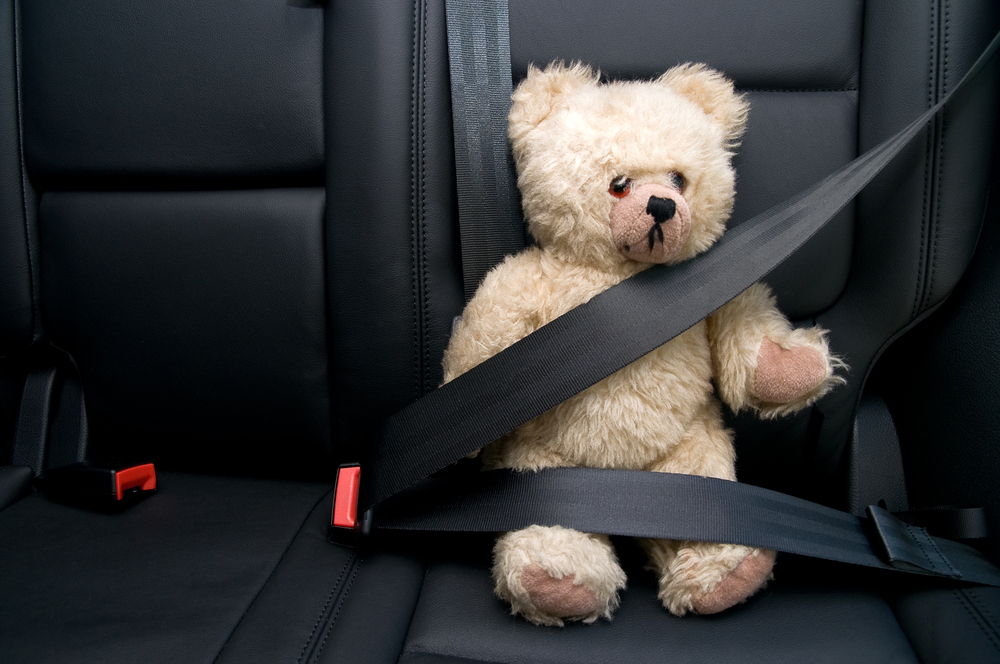Offering a trauma informed space means working to cultivate safety in all aspects of your yoga classes–on and off the mat. This includes the icebreaker games you play before classes and the stories you tell online. Recently I attended a yoga teacher seminar and the very seasoned yoga professionals played “two truths and a lie”. Normally this game is done with innocuous facts, little snippets of someone’s life. However in this case, it was told with events that happened–traumatic events.
I don’t think it has to be said, but you shouldn’t lie about witnessing and rendering aid for a heart attack that happened in a yoga class. Immediately, even though these were well known yoga professionals (one had even written a book I had on my “yoga books to read” list on Amazon), the fact that these three professionals in conjunction with a governing body thought it was appropriate to play this game and tell these stories in this space? It immediately left me feeling unsafe.
Admittedly this is a topic that’s a little closer to me than to other people, but even without the experience of my family members, cardiac issues are common enough that it wasn’t odd that I’d experienced them within my family. I don’t think it needs to be said, but you shouldn’t joke about major health issues if you want to create a safe space.
I suspect these teachers thought nothing of it, as they were using the examples to help teach yoga teachers, and the examples probably provided a learning experience. But listening to the stories left me so shocked and startled, that whatever impact their training had was lost. My cPTSD kicked in–something that’s very common with neurodivergent people–and immediately I knew that these trainers were neurotypical, able-bodied, and thought it was okay to joke about major health issues. They created an unsafe space and showed no concern over that fact.
As yoga teachers, whether working virtually as this event was (which to me made this kind of “ice breaker” even more head scratching) or in person, you have a responsibility to work in a trauma-informed manner; you have a responsibility to create a safe space. The stories you tell, the way you speak about situations, contributes to whether you’re creating a safe space or not.
You cannot know what someone has gone through by looking at them, and this is doubly so for virtual classes where you may not even see your attendees or videos that they can work through on their own. The jokes you tell, the stories you offer, even the way you talk about things — all of this has an impact on the safety your students feel. And wellness cannot happen without a sense of safety.
What bothered me the most wasn’t that the single teacher told this “lie” and used it as an ice breaker, but rather than the other two teachers in attendance thought it was fine. One of the other stories involved an accident, so certainly nothing here was safe, nor tame, in terms of stories. And that tells me more about those teachers’ priorities than anything they might do on the mat. All because they chose not to create safety off the mat, first.
